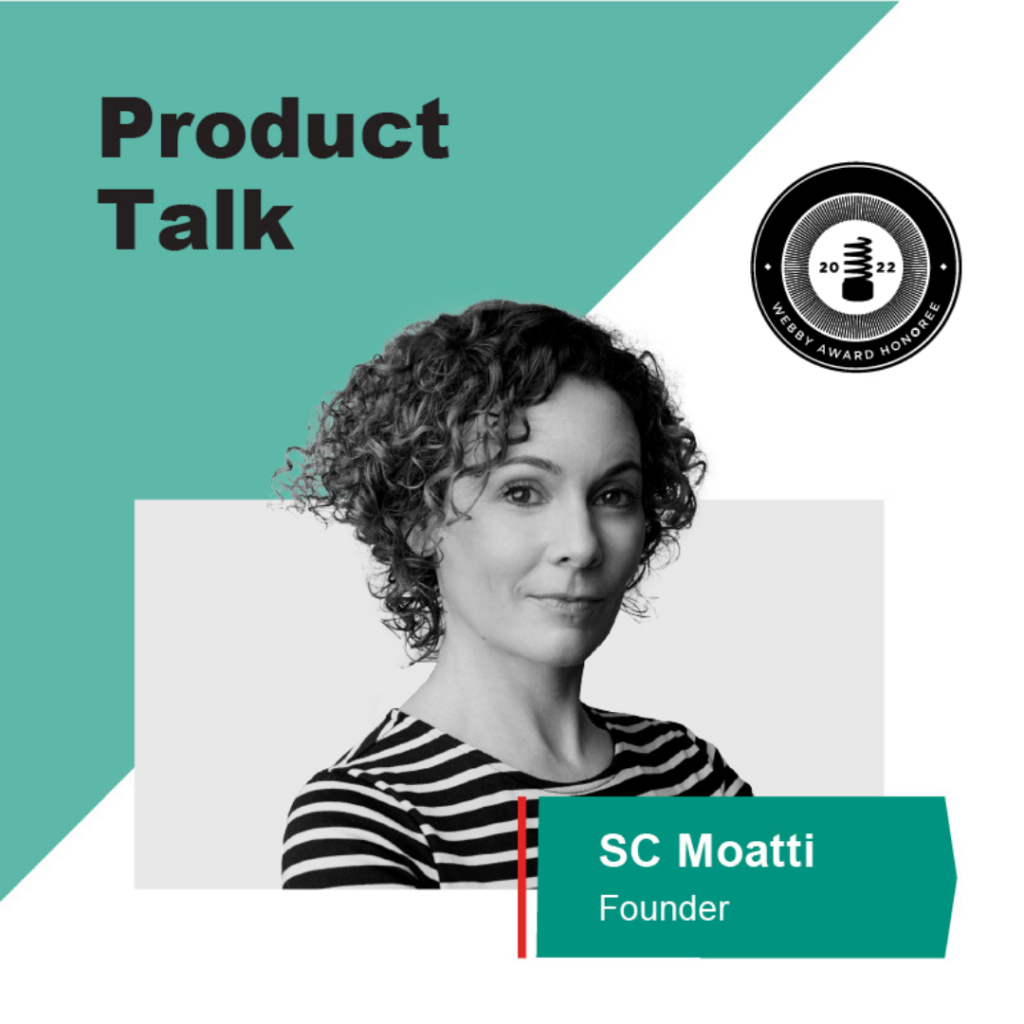What gets you excited about product solutions?
This is the first episode in the Capgemini “Leaders in Innovation” podcast series, featuring guests in the Capgemini portfolio of products. Here, frog Creative Director Inna Lobel sits down with Heatworks Founder & CEO Jerry Callahan. They discuss a few innovative Heatworks Technologies products, each inspired by Jerry’s passion for sustainability and efficient design.
Subscribe to the Product Talk podcast on Spotify and Apple Podcasts and catch every conversation with leading product executives. New episodes go live every week.

On sustainability in product
From a digital water heater to an instant hot water tea kettle, the innovations at Heatworks are all about efficiency. More to the point, they are great examples of sustainability in product. Cape Cod-native Jerry Callahan says that his interests in efficiency and sustainability grew out of his love of nature and a dislike of bad design.
What got Jerry hooked on sustainability in design? “I think it’s really two things,” he says. “One is that I grew up in a small town. And resources were limited. I also studied engineering, which teaches you that things should be as efficient as possible. And my appreciation for design kind of wrapped it all up.
“And we’ve been sustainability themed, if you will, since before it actually became a thing.” Why? “Because it’s really a shame to waste all kinds of resources. And so it just kind of grew together over the years, depending on the product and the application.
“I really dislike bad designs, not only the way they look but the way that they act. So that’s always pushing our company forward, to achieve our sustainability goals.”
On knowing your target persona
One thing about making products is that you can’t please all the people all the time. Sustainability for one group of users might be useless for others. Thus, it’s very important to know and understand your target persona. Heatworks found this out when looking at expanding into the international market with the Tetra countertop dishwasher.
Jerry says, “Tetra is an interesting story in that context. We have a very large global appliance company that is interested in licensing it for South America. They said, in South America, you would probably sell almost no Tetras as you know it today. I said, well, that’s interesting. Why is that?
“And he said, Well, you know, down there, people that can afford a dishwasher have people that come and clean the house and wash the dishes every day. They’re not there at night when the baby bottles need to be cleaned. So we think the right product version for Tetra is what we call Baby Tetra, which is a smaller version of it. It does like four or six baby bottles. Again, still self contained. So, there’s definitely not a one-size-fits-all application for Tetra.”
On disciplined and collective creativity
In addition to these issues of efficiency and sustainability, Inna and Jerry also spoke about the development process. What keeps a product team pushing to find creative solutions when obstacles appear?
“We have a very disciplined approach to creativity. But sometimes you need to sort of leave the disciplined approach aside. But being engineers, we can always rely back upon, Well, there ought to be a way to develop a process to figure out what the solution set might be. And so when you get concerned about things, I always kind of step back. Now okay, let’s look at this part of the problem and see if that is solved well. As opposed to thinking, Man, the whole project isn’t filled because we can’t solve this problem. So part of it is a disciplined approach.
“And the other part is coming up with ideas that get creatively reworked by other members of the team. You know, it isn’t a one stop shop around here, as it shouldn’t be in most creative environments. So, if there’s a process that we can fall back on, that gives us some reasonable hope for a good outcome, then I think it’s worth spending the effort to go down that path.”